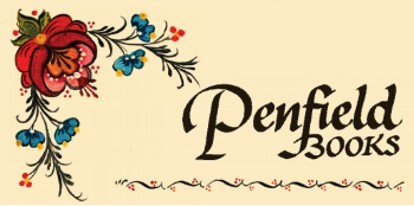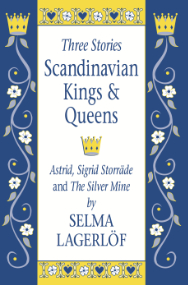Scandinavian Kings & Queens: Astrid, Sigrid Storrade and The Silver Mine
Retail: $18.95
ISBN: 9781932043914
Dimensions: 6x9 inches
Pages: 76
Selma Lagerlof is one of Sweden’s best-loved storytellers. In 1909, she became the first woman to win the Nobel Prize for literature.
The essay, “On the Site of the Great Kungahälla,” reveals some of the legendary particulars Selma garnered from her literary work, Edda. In Sturlason’s account, Konunga-hella was a city, now Kungälv, at the mouth of the Göta river near the boundary between Norway and Sweden, where royalty from the two countries would meet to negotiate peace, often through marriage. In the two stories from the Queens collection included in the book, the proposed pacts involve kings from a Christian Norway and queens and princesses from a still-pagan Sweden. Lagerlöf’s stories romanticize the materials in Sturlason’s blow-by-blow chronicle. Her objectives are complex: though the women are her primary focus, she is drawn to the notion of the kings’ adopted Christian faith.
King Olaf of “Astrid” ruled Norway from 1016 to 1028, and was canonized as Norway’s patron saint a century later. As king, he, like the earlier ruler, Olaf Trygveson of “Sigrid Storräde,” made the conversion of his people a prime objective, using less than Christian methods to accomplish it. His “sainthood” is considerably idealized by Lagerlöf. Trygveson became King of Norway in 995 and jumped to his death five years later in a losing sea battle with the Swedes and Danes. These events are foreshadowed in Lagerlöf’s narrative.
“The Silver Mine,” from a later volume (1908), centers around Gustav III, King of Sweden from 1771 until his assassination in 1792. His rule began with dramatic liberal reforms; then he emptied the country’s purse in his court’s extravagance and in drawn-out wars with Russia and Denmark. In this legend, he visits a town in Dalecarlia, the southwest province in which Lagerlöf lived from 1897–1919, and takes heart at the people’s contented poverty.


